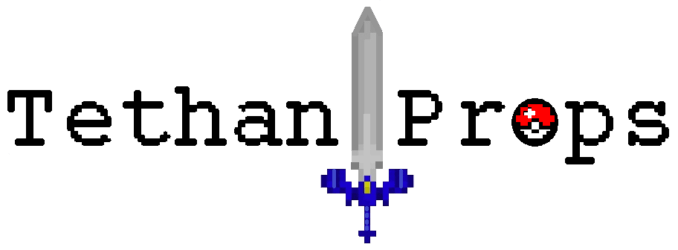Original Design Props
Batman Viking Helmet
Two iconic things in pop culture are Vikings and Batman, so why not join them? This is my Viking inspired Batman helmet, or batman inspired Viking helmet, whichever suits you more. Either way it is a hammered metal texture Batman helmet with bone horns and metal details.
Build video: https://www.youtube.com/watch?v=lfbYPMoUU2g&t
Materials needed:
EVA foam floor mats – Bunnings
EVA foam 1mm thick – Craft Stores
Contact Adhesive – Bunnings
Tools, knifes, dremel – Bunnings
Dark bronze spray paint – Bunnings
Silver, brown and black acrylic paints – Bunnings/ Craft store
Fibreglass resin – Bunnings
Satin clear coat spray paint – Bunnings
Foam paint brush – Bunnings
Creating the helmet shape:
- Download the Pepakura files from online, there are many variants out there so it is easy to find the right one for you. Email me and I can send you the files for the template that I used
- Print out the Pepakura template and transfer the design onto EVA foam floor mats.
- Glue the pieces together, it is easier to follow along with the Pepakura file viewer to see exactly where each part fits in. Once the helmet is fully formed it should look like Fig1.
Fig 1: Completed EVA helmet
Forming the hammered metal texture:
- Using a ball shaped dremel bit, dremel the entire helmet area that you wish to have a hammered metal texture. The technique is to create half spheres in the surface of the helmet as randomly as possible as if it was beaten hundreds of times with a hammer.
- The helemt will begin to look as it does in Fig 2. Continue to do this over the entire helmet. The area around the nose and eyes was not dremeled, this was to give that area a sheet metal look.
Fig 2: Hammered metal texture
- While working with the dremel tool, it is a good time to add battle damage to the helmet. This was done with a sanding bit and involved carving slashes in parts of the helmet where battle damage would occur.
Forming the horns:
- The horns were created by cutting the ears off the helmet at the base of the ear. These pieces were detailed with a sanding bit to give grains in the horns as seen in Fig 3.
Fig 3: Detailed grain in the horns
- The horns were attached to the helmet with a fitting. This fitting was made from a single strip of the EVA foam and glued into place around the base of the helmet.
- Extra details and rivets were added around the fitting to give further detail, this was done with thin foam and nail heads.
Detailing the helmet:
- The helmet has extra details added down the central ridge and from one horn fitting to the other as seen in Fig 4. These details were made from the pattered side of the EVA foam floor mats. Strips were cut and glued onto the helmet.
Fig 4: Detailed sheets along the helmet
- Sheet metal details were added to the sides of the helmet as seen in Fig 5. These were made from 1mm thick EVA foam sheets. The designs were cut out and glued onto the sides of the helmet. Nail heads were again used as rivets.
Fig 5: Details sides of the helmet
Sealing and Painting:
- Prior to painting the entire helmet was sealed with fibreglass resin. The resin coated the helmet to seal the foam and prep it for painting, it also provided a smooth metal finish.
- The first layer of paint was a dark bronze paint/primer spray as seen in Fig 6.
Fig 6: First layer of paint
- Silver acrylic paint was applied to the entire helmet using a foam paint brush. By using a foam brush it gave an even coverage while leaving the divots the dark bronze colour as seen in Fig 7.
Fig 7: Silver acrylic giving a metallic finish
- The horns were painted black and given a white fade from tip to base. This was done with acrylic paints and a regular paint brush.
- Now it was time to weather the helmet. Using common weathering techniques, black and brown acrylic paints were applied to the edges and grooves over the helmet, using a damp towel the excess paint was removed just leaving enough to give a look of dirt and grime as seen in Fig 8.
Fig 8: Weathering over the helmet
- Lighter coloured browns and oranges were very sparsely painted into the battle damaged areas to give the appearance of rust. This is seen in Fig 9.
Fig 9: Rust within the battle damage
- Once all the weathering is completed, apply satin clear coat over the entire helmet to seal in the paint. Follow this the helmet is completed!

